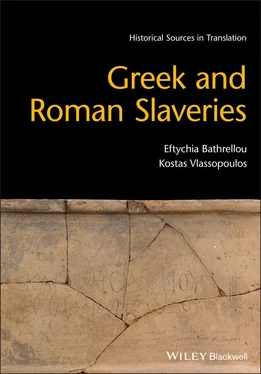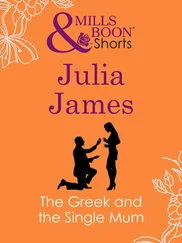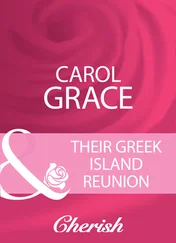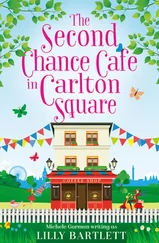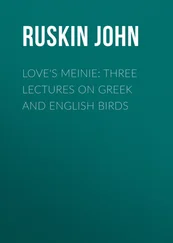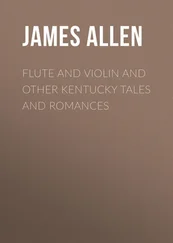5. a–b: The Warren cup: Roman silver vessel, first century ce: British Museum, inv. no. 1999,0426.
6. The funerary monument of Marcus Vergilius Eurysaces, 100–50 BCE, Rome; image provided under CC BY licence from Wikimedia Commons
7. The agora of the Italians, ca . 100 BCE, Delos; reproduced by permission from Trümper 2009, Figure
8. House of the Lake, late Hellenistic period, Delos: reproduced by permission from Zarmakoupi 2016, Figure 4.
9. a)Plan of the “villa barracks,” second–fifth century CE, Villamagna: reproduced by permission from Fentress, Goodson and Maiuro 2016, Figure 5.75. b) idem, Figure 5.
10. Sketch of a lead collar with Latin inscription, Bulla Regia, Africa Proconsularis (fourth or fifth century CE): image from A. Merlin, Le temple d’Apollon à Bulla Regia , Paris, 1910, 10, Figure
11. Marble triple statue of Diana, second century CE, Rome. Source: British Museum; https://www.britishmuseum.org/collection/image/561456001
12. Columbarium 2 at Vigna Codini, before 20 CE, Rome: image provided under CC BY licence from Wikimedia Commons
13. a) Relief from Trajan’s column, early second century CE, Rome: image from C. Cichorius, Die Reliefs der Traianssäule : Erster Tafelband: Die Reliefs des Ersten Dakischen Krieges, Tafeln 1–57 , Plate XXXIII, Berlin, 1896. b) Relief from Trajan’s column, early second century CE, Rome: image from C. Cichorius, Die Reliefs der Traianssäule: Zweiter Tafelband: Die Reliefs des Zweiten Dakischen Krieges, Tafeln 58–113 , Plate CVII, Berlin,
14. Bronze tag for collar with Latin inscription, second half of fourth century CE, Rome: British Museum, inv. no. 1975,0902.
15. Bronze coin of King Antiochos. Source: British Museum: 1868,0730.156; Asset number: 316587001; https://www.britishmuseum.org/collection/image/316587001
16. Reliefs from the funerary monument of Zoilos, late first century BCE/early first century CE, Aphrodisias: image by the authors
17. Funerary relief of Ampudius Philomusus, 30 BCE–30 CE, Rome: British Museum, inv. no. 1920,0220.
18. Funerary relief of Philonicus and Demetrius, late first century BCE/early first century CE, Tusculum: British Museum, inv. no. 1954,1214.
19. Funerary relief of Antistius Sarculo and Antistia Plutia, late first century BCE/early first century CE, Rome: British Museum, inv. no. 1858,0819.
20. Funerary relief of Aurelius Hermia and Aurelia Philematium, 75–50 BCE, Rome: British Museum, inv. no. 1867,0508.
21. Funerary relief of Fonteia Eleusis and Fonteia Helena, late first century BCE/early first century CE, Rome: British Museum, inv. no. 1973,0109.
22. Fresco from the House of Sutoria Primigenia, Pompeii, first century ce: reproduced with permission from Flower 2017, Plate 9; su concessione Del Ministero della Cultura - Parco Archeologico di Pompeii
Map
1. Map of the places of origin of slaves mentioned in 8.1. Source: Adapted from Lewis 2017, 2018: 277–
Note to the Reader
Editions of Greek and Latin literary texts, inscriptions, and papyri
All translations are our own. Unless otherwise specified, we have translated what is considered the standard edition of the Greek and Latin literary texts. For papyri, we have translated the text appearing in papyri.info, while for inscriptions we have translated the text indicated in their reference number unless otherwise specified.
*** indicates that something of the original Greek or Latin text has been lost in transmission.
† indicates that the transmitted Greek or Latin text is problematic, and the exact wording of the original cannot be recovered.
[…] indicates that (i) text has been omitted by us or (ii) text has been lost through damage to the inscription or papyrus.
[aaa] lost text restored by the modern editor.
text erroneously omitted in the transmitted Greek or Latin text but added by the modern editor.
(aaa) text added by us to facilitate understanding.
Names of persons, places, and peoples
We have used assimilated English forms of names of persons, places, and peoples whenever we judged them recognizable relatively widely (e.g. Attica, Rhodes, Lacedaemonians, the philosopher Socrates).
Names of ancient authors: We have followed the style of the Oxford Classical Dictionary both for the authors of the sources and for authors mentioned in them.
Other persons’ names: In translations of Latin sources, we have kept the Latin form of persons’ names, whatever the names’ origin. With one exception (source 12.2), in translations of Greek sources, we have transliterated people’s names of Greek origin but used the Latin form of Latin names.
Place names: We have used Greek transliterations of toponyms in the Eastern Mediterranean and Latin forms of toponyms in the Western Mediterranean, the northern Balkans, and northern Europe.
Names of peoples: For the names’ roots, we have followed the same policy as with place names, so that the people can be connected with the corresponding toponym relatively easily. But we have tended to use assimilated English endings throughout (e.g. Achaeans, Kilikians, Dacians).
This book has had a very long gestation, from the early 2010s, when it was conceived, until its final delivery almost a decade later. We would like to thank Wiley Blackwell and its staff for their original invitation to contribute this volume to the Blackwell Sourcebooks in Ancient History series, as well as for their patience over the years; we hope that the final product has made the long journey worth its salt!Much of the final work for this book was done in lockdown conditions because of the COVID-19 pandemic, and we are grateful to colleagues and friends who gave us access to material we would not otherwise be able to consult in such circumstances. We would particularly like to thank Angelos Chaniotis, Eleanor Dickey, Kyriaki Konstantinidou, and the staff at the Library of the Faculty of Letters at the University of Lisbon for providing us with materials and going out of their way to help. Kostas Vlassopoulos would like to thank the Department of History and Archaeology, University of Crete, for the research leave in spring 2020, alongside with the Center of Hellenic Studies in Washington, DC, for the Spring Fellowship during the same period; in combination, they provided the time and facilities for completing this volume. We would also like to express our gratitude to the following scholars and friends for their help and generosity in terms of finding the texts and images that appear in this volume: Elizabeth Fentress, Harriet Flower, Pavlina Karanastasi, Stephanie Maillot, Monica Trümper, Mantha Zarmakoupi, and Gabriel Zuchtriegel. We would also like to thank the British Museum, the Leiden Rijksmuseum, the Museo Archeologico Nazionale di Reggio Calabria, the National Archaeological Museum of Athens, and the Parco Archeologico di Pompeii for permission to reproduce the images included in this volume. Special thanks also go to Margherita Maria Di Nino for her help in our communication with Italian cultural authorities and to Timothy Duff and Fotini Hadjittofi, who always found time to discuss translation issues with us; Timothy Duff also read and improved large parts of our text, for which we are very grateful. Needless to add, all remaining errors and other shortcomings are our own responsibility.
Finally, we would like to thank our families and friends, whose company and friendship supported us when writing this book and gave us joy: Katerina Arampatzi, Stamatis Bathrellos, Nikos and Vassiliki Boutsika, Apostolos Delis, Vanessa Hillebrand, Eleni Kalamara, Aleka Lianeri, Dunja Milenkovic, Christos Roussis, Vassiliki Stavrou, and Anastasia Theologou.
Читать дальше
